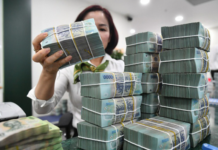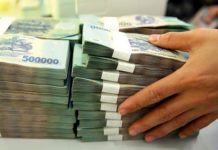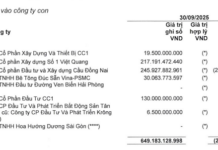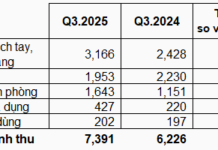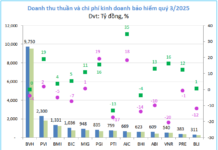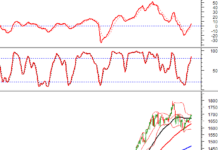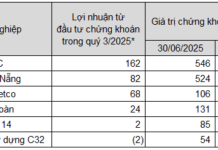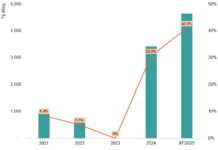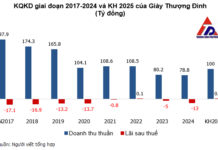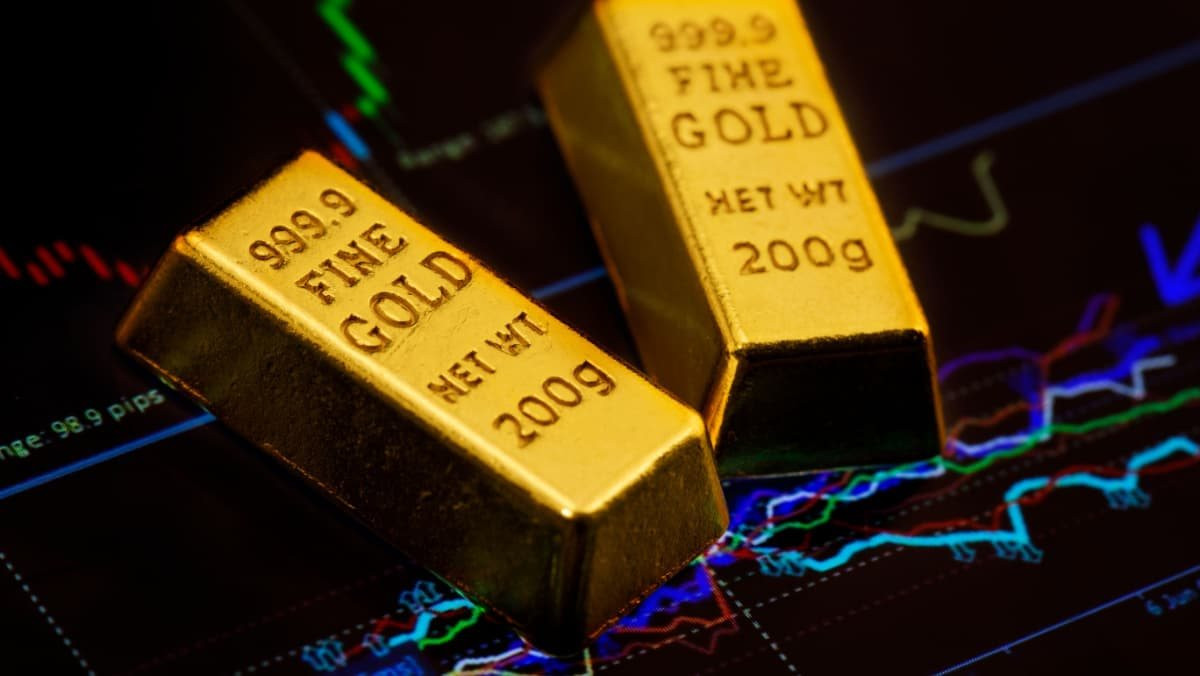
In general, there are no signs of unusual activity in either the London bullion market or the Chicago Mercantile Exchange. Retail “goldbugs”, ( those who are extremely optimistic about gold, seeing it as an investment and a measure of wealth) have not been the primary buyers this time around (Gold ETF holdings have contracted since December 2024).
Yet the gold price has broken through a solid barrier that has held for four years – around $2,000 an ounce – to rise parabolically since mid-February 2024, reaching an all-time high of $2,431 an ounce on 11 April 2024.
This has led some to question whether there are other forces behind this extraordinary price action.
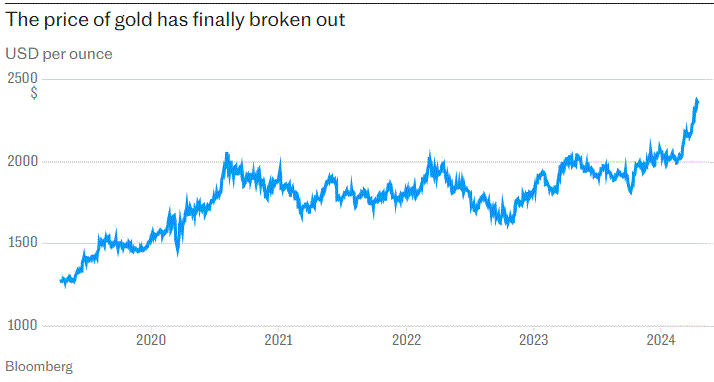
Gold price has broken $2,000 an ounce.
“It is not a Western institution behind this. It is a ‘whale’ with very deep pockets. I have not seen this type of buying before,” said Ross Norman, veteran bullion dealer and chief executive of Metals Daily.
Gold has been making fresh record highs despite a number of strong headwinds: a surging US dollar, a 70 basis point rise in the 10-year US Treasury yield, and resolute statements from the Federal Reserve about maintaining its tight monetary policy stance. These factors normally combine to make life very difficult for gold.
Whoever it is appears not to care about the price.
Central banks (CBs) do not act like this. “They buy gold at the London fix and they don’t chase the price,” said Norman. He suggests that this “ramp” is taking place off-exchange, in the over-the-counter (OTC) market.
CBs buying gold but volumes are not extraordinary
There has been a trend towards central banks increasing their gold reserves to diversify their foreign exchange holdings.
China’s central bank has been adding to its gold reserves for the past 17 months, as part of a broader shift by the southern hemisphere away from US and European bonds.
However, the scale of central bank buying remains modest. The World Gold Council (WGC) says central banks bought a net 18 tonnes in February 2024: 12 tonnes by China, 6 tonnes by Kazakhstan and India, 4 tonnes by Turkey, but offset by sales from Russia, leaving overall central bank gold reserve growth flat.
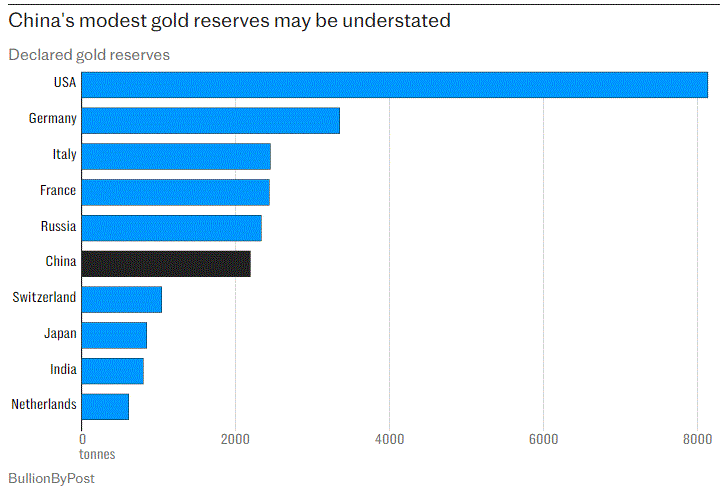
Central bank gold reserves.
Retail investors buying gold as a store of value but not a major factor
There has undoubtedly been some retail buying in China contributing to this price rise. Individuals in the world’s second-largest economy have certainly been buying gold. There have been reports of traffic jams outside the Shanghai Gold Exchange as people queue to buy bullion. This has been partly driven by a slump in stock market prices in Shanghai and continuing weakness in the property market, as well as capital controls.
But this alone cannot explain the extent of the current price strength. Norman says gold flows into Asia have been “normal”.
Geopolitics driving de-dollarisation trend
Many commentators have highlighted geopolitical factors in this gold price rally. There is a growing fear that the conflict in the Middle East will escalate, leading to a flight out of the US dollar and a dash for safe havens. This relates to the long-term link between geopolitics and the gold price, which has its roots in the nexus between geopolitics and the US dollar.
The greenback is the world’s most widely used currency in both international trade and central bank foreign exchange reserves. The latest survey by the Bank for International Settlements (BIS) shows that the US dollar accounts for 88% of all daily foreign exchange transactions globally. Meanwhile, according to data from the International Monetary Fund (IMF), the greenback also accounts for around 55% of total global central bank reserves as of Q3 2023, comfortably more than any other currency.
Some economists have warned that a rival reserve currency could eventually replace the US dollar. The BRICS nations have been working to eliminate the US dollar from trade, while countries like Russia and China have proposed creating a new currency to challenge the greenback.
However, efforts to break free from US dollar dominance have been going on for decades, and the greenback’s position is likely to remain secure in the long term, as its usage far outweighs that of other currencies.
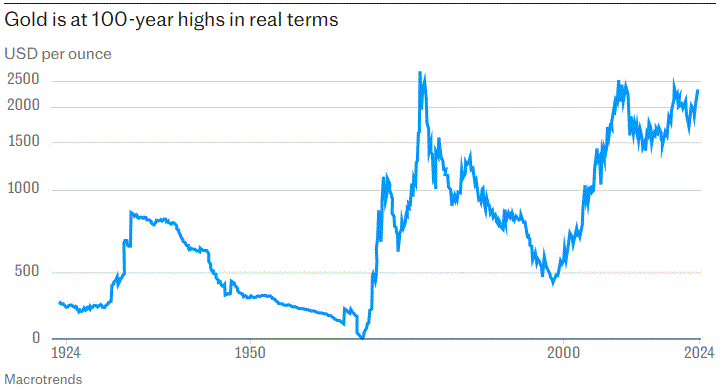
Gold at 100-year high in real terms.
Governments’ massive post-Covid debts
There is another factor that may help to explain gold’s strength.
The Covid pandemic has left governments with massively increased spending commitments. It is generally agreed that too many countries have pushed their public debt beyond 100% of GDP, and beyond a point of no return under prevailing economic and political ideologies. Budget deficits are at historically unaccustomed levels and are structurally unsustainable at this stage of the cycle.
Central banks will have to monetise that debt by ramping up their purchases of government bonds. They will let inflation rise to erode the real value of the debt.









